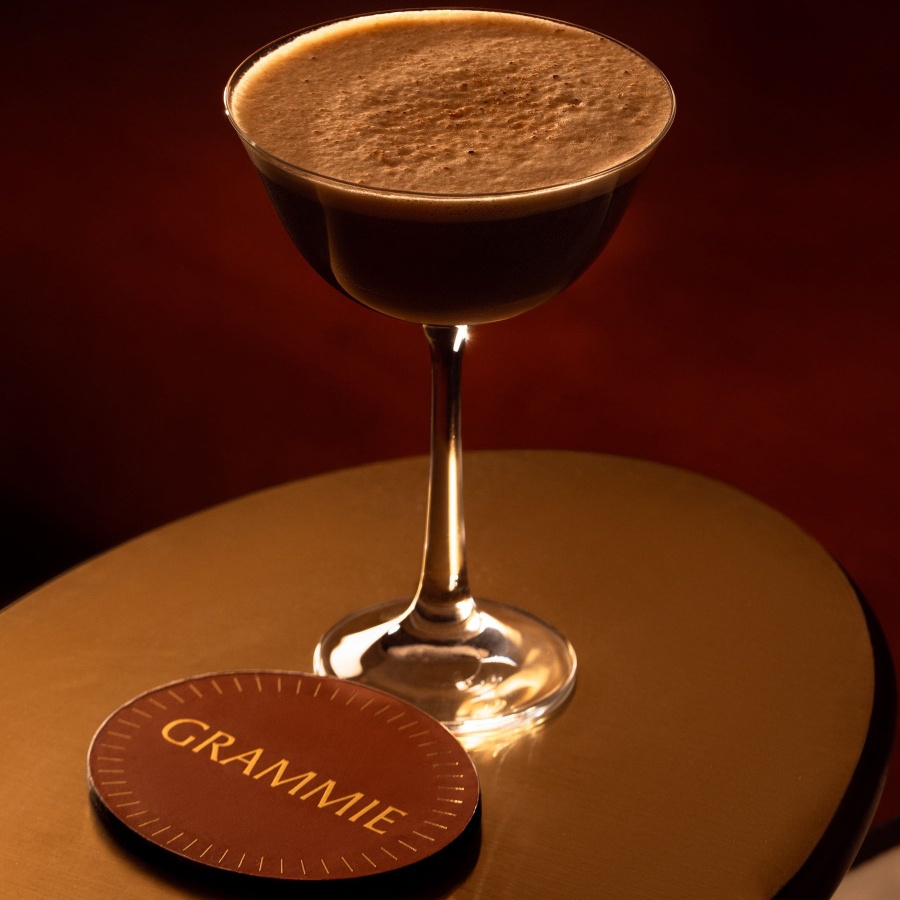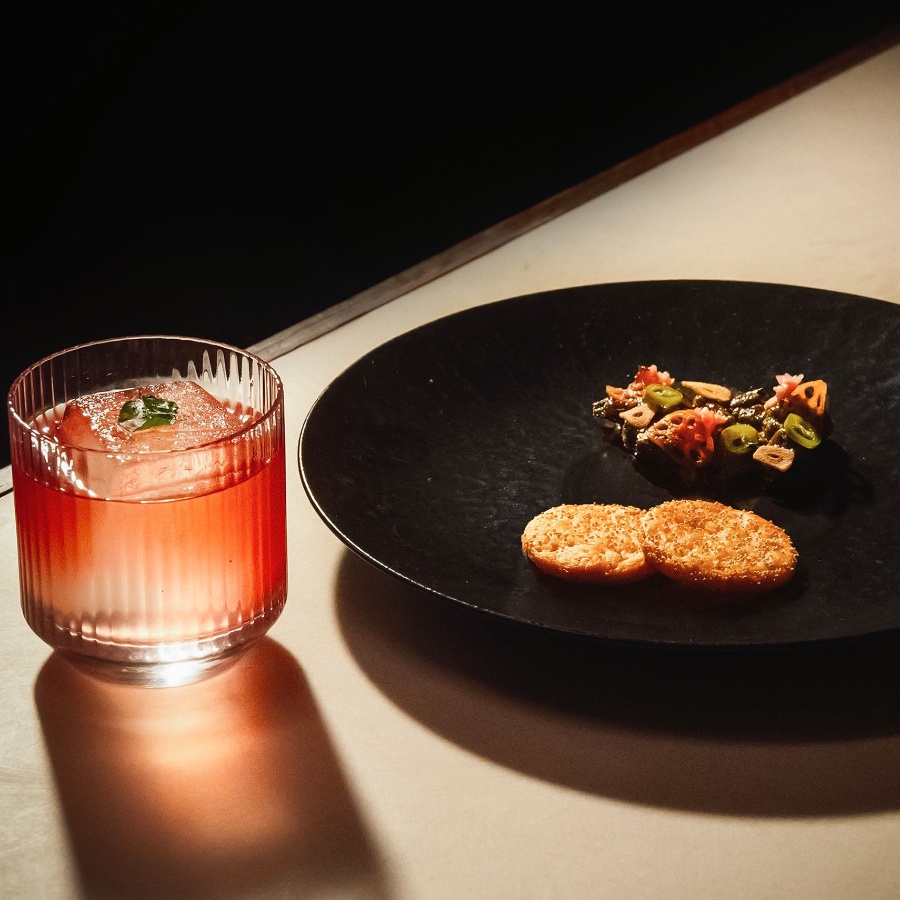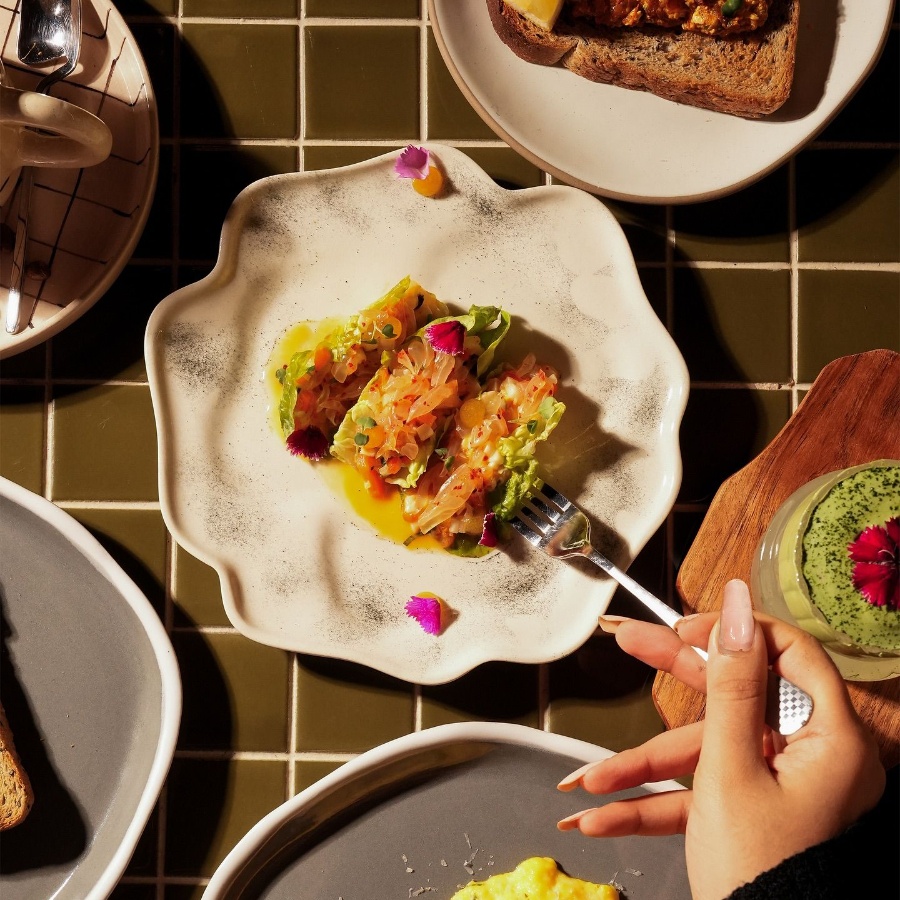When it comes to Indian booze, the last eight years have belonged to gin. Our craft distilleries championed the juniper shrub to the point where it turned into a full-blown cultural movement, with flavour experiments spilling over from novelty gins to the novelty tonics that accompanied them. Just as the botanical arms race started getting a little out of hand (seriously, some of those bottles read like an ingredient list to make biryani), other spirits—tequila and mezcal most notably—began muscling their way onto the bar counter.
Now, as we head to 2026, the battle of the clear spirits is set to get a little more interesting, with vodka making a comeback of sorts (and we’re not talking about the Trumps trying to revive a failed family brand they killed off two decades ago or Taylor Swift sticking to a vodka cran as her bev of choice in 2025). Having largely been relegated to the annual party punch, the occasional Bloody Mary or the nostalgic Cosmopolitan, things are starting to look up for the OG skinny drink.
November saw the launch of two premium brands in India, both backed by celebrities. Rangeela, fronted by Ranveer Singh and packaged in a bottle as colourful as his wardrobe, and Shelter 6, from the house of Cartel Bros in partnership with Indian rapper Badshah. Rangeela has been positioned as a triple-distilled, platinum chill-filtered vodka. The Shelter 6 release notes say it’s been distilled six times to make it “as smooth as water”. These come a month after Terai launched a craft vodka filtered through amethyst crystals, because why not? And director Aryan Khan introduced the UK to his D’yavol Vodka, which is distilled in Poland from 100 per cent winter wheat and then filtered through black pearls from Tahiti (we’re not kidding).



















